Read next
The latest news, updates and expert views for ambitious, high-achieving and purpose-driven homeowners and property entrepreneurs.


With a general election just a couple of weeks away, the Labour Party has released its 2024 manifesto, unveiling an ambitious planning reform and housing strategy should they take power which, if the polls are to be trusted, looks inevitable.
Within this manifesto, Labour has pledged to build 1.5 million homes over the next parliament by reforming planning restrictions, among a series of other bold proposals. Yet, a crucial question arises: can Labour actually deliver on this promise once in power, and will their planning reforms prove effective?
In this article, I’ll explore the key aspects of Labour’s promised planning reforms, including the release of low-quality Green Belt sites and the introduction of new towns. I’ll also evaluate the feasibility and impact of Labour's housing vision for England and examine the implications for communities, developers, and the nation as a whole.
Let’s dive in.
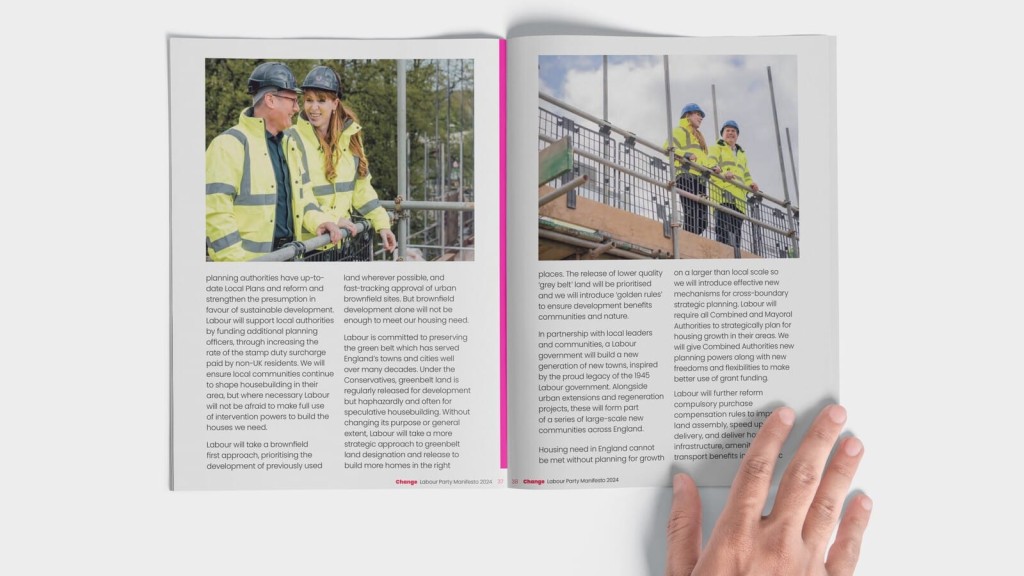
As part of Labour's planning reforms, one significant focus is on the Green Belt. Labour pledges to protect England’s Green Belt, which has remained largely unaltered since its introduction in 1955. Essentially, the Green Belt policy was specifically designed to limit the sprawl of cities.
However, Labour's latest Green Belt reform plans aim to tackle the UK's housing crisis by strategically releasing grey belt land for development under specific conditions. This initiative is part of Labour's broader pledge to build 1.5 million homes over the next five years, demonstrating their commitment to addressing the nation's housing needs.
Their plan identifies over 11,000 potential grey belt sites, which could deliver around 100,000 to 200,000 new homes. This approach aims to support sustainable development while addressing the UK's housing crisis by using Green Belt land that contributes little to the Green Belt's intended purposes.
Labour will introduce NDMPs specifically for the Green Belt to streamline development processes and ensure consistency in policy application. What’s critical here is that the revised approach includes stringent criteria to ensure that development on released Green Belt land provides significant community benefits, such as affordable housing and enhanced local amenities, while preserving areas of high environmental value. Labour will leverage existing planning powers to implement changes swiftly, avoiding the delays associated with passing new legislation. I’ll touch more on these later on in this article.
To complement the NDMPs, Labour has proposed a set of 'golden rules' to ensure that any development on released Green Belt land benefits both communities and nature. These rules include:
Labour says it will commit to conducting comprehensive reviews across England to identify areas within the Green Belt that could be better utilised for development. These reviews will focus on enhancing land use efficiency and meeting housing demands without compromising the Green Belt’s overall integrity.
I agree that some parts of the Green Belt effectively control urban sprawl and protect the unique character of the English countryside, but this is not true for all areas. Contrary to its name and misguided Green Belt myths, the UK Green Belt is not a continuous strip of green space spanning the country. A lesser-known fact is that the Green Belt includes numerous underutilised and degraded sites, some of which are ideally suited to meet the growing demand for housing.
Currently, Green Belt exceptions and special circumstances allow for obtaining Green Belt planning permission. While these provisions enable selective development, critics argue that Labour's new Green Belt rules could exacerbate this, potentially leading to overdevelopment and risking the integrity of these protected areas.
However, to address the UK's housing shortage, it is essential to release some Green Belt land for development. Even a small percentage of the Green Belt, if strategically and resiliently developed under Labour's planning reforms, could provide enough housing for many years. My take is that focusing development around high-productivity cities like London, Manchester, and Cambridge can foster sustainable and community-focused growth.

Another planning reform Labour is advocating includes the construction of new towns as part of their housing agenda. Labour pledges to select locations for a series of new towns by the end of the year to create large-scale new communities across England.
To identify suitable sites, they will set up an expert panel within the first year, ensuring the selection process is thorough and based on expert knowledge, thereby improving the chances of successful implementation. Role and responsibilities of the expert panel include:
Labour will set national standards for housing design and quality to ensure new towns meet consistent and high-quality benchmarks, promoting uniformity and excellence in housing projects. For clarification, these design codes will ensure that new developments adhere to specific criteria for aesthetics, functionality, and sustainability, enhancing the overall living experience for residents.
Labour encourages the use of public-private partnerships (PPPs) to leverage private sector expertise and funding in housing development. This approach aims to accelerate the delivery of high-quality housing. Key elements include:
Labour also emphasises the importance of comprehensive infrastructure planning in new town developments. This includes:
This initiative reflects a forward-thinking approach to urban planning, promoting sustainable and well-planned community growth. The emphasis on quality and strategic planning is welcomed by many architects and planners who see it as a way to avoid past mistakes, such as those encountered in the Eco Towns initiative. On the flip side, some local authorities may resist central oversight, preferring more local autonomy.
It’s important to highlight that the success of these new towns will also depend on effective integration with existing urban areas. Ensuring seamless transport links, adequate healthcare and educational facilities, and access to employment opportunities will be critical. In other words, the potential for these new towns to become isolated or disconnected from broader economic and social networks poses a significant risk.

The blame for Britain perpetually missing house building targets lies with its complex planning system, lack of skilled tradespeople, supply chain challenges, raw material costs, interest rates, and unpredictable planning processes. Addressing these issues is crucial for Labour’s goal of reinstating the requirement for local planning authorities to meet centrally calculated local housing needs, reversing recent government changes that weakened these requirements.
Labour will initially retain the existing standard method for calculating housing needs to avoid delays, with possible future revisions to better reflect current data.
The party will also ensure that local communities are involved in the process of setting housing targets. This includes:
Labour has outlined a phased approach for restoring local housing targets:
Restoring local housing targets and retaining the standard method for calculating housing needs represents a pragmatic initiative by Labour, but it is fraught with significant obstacles. A lesser-known fact is that only about 20% of local authorities have up-to-date local plans, underscoring a major gap in planning preparedness.
Additionally, a recent report by Glenigan reveals that, as of March 2024, the number of new homes and sites granted planning permission has dropped to its lowest level since records began in 2006. This has resulted in a housing pipeline significantly smaller than in the aftermath of the 2008 Global Financial Crisis.
The Royal Town Planning Institute (RTPI) highlights a troubling trend: approximately 3,100 planning officers have been lost between 2010 and 2020, severely weakening public sector planning capabilities as many planners migrate to more lucrative private sector positions. This exodus highlights the urgent need for substantial investment in the employment, training, and retention of planning officers. Without such investment, new local housing targets and the enforcement of sustainable development are likely to remain aspirational rather than practical.
What’s not commonly known to the public is that housebuilders have voiced concerns about the uncertainty and political will within the Conservative government, which are crucial for effective housing delivery. The introduction of extensive changes, additional policies, and new legislation adds significant costs for developers. These costs are further exacerbated by rising borrowing rates, electricity prices, building costs, and inflationary pressures. For Labour's housing strategy to succeed, it must address these economic realities and provide a stable, supportive framework that encourages both public and private sector participation in the housing market.
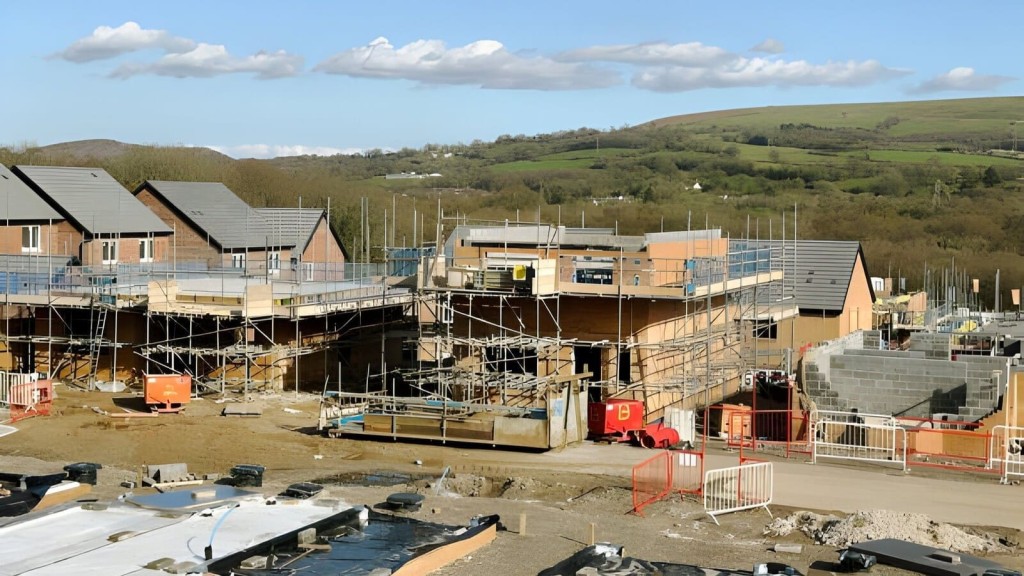
Another notable planning reform put forward by Labour prioritises the regeneration of brownfield land. Labour has committed to prioritising the development of previously used land and fast-tracking approval for urban brownfield sites. This approach aims to utilise existing land efficiently before expanding into new areas.
They also acknowledge that brownfield development alone will not meet all housing needs, indicating a balanced approach that includes other types of land such as Green Belt where necessary.
To help monitor and evaluate brownfield development projects, a framework will be installed including the following features:
Labour will also place a strong emphasis on urban regeneration to revitalise neglected and underutilised urban areas. This includes:
Labour promotes the adaptive reuse of existing buildings to meet housing needs sustainably. This approach reduces environmental impact and preserves historical structures. Key initiatives include:
It’s commonly accepted that the brownfield first approach is a pragmatic strategy, leveraging existing resources to address the housing crisis without encroaching on Green Belt land. However, it’s important to recognise that large-scale brownfield redevelopment faces significant challenges, including contamination, high remediation costs, and fragmented land ownership.
Research shows that even if fully developed, brownfield sites would only accommodate about 1.3 to 1.4 million homes, which falls short of the 4.5 million needed over the next 15 years. Additionally, the uneven distribution of brownfield land means high-demand areas like the South East and London have limited availability. While urban regeneration and adaptive reuse are commendable initiatives, developers often prefer the profitability of greenfield sites.

Labour proposes to implement changes through written ministerial statements and revisions to the National Planning Policy Framework (NPPF) to set the direction quickly. By leveraging existing powers and policies, Labour aims to expedite reforms without extensive new legislation.
They’ll also introduce new planning legislation, potentially starting with the King’s Speech, indicating its intent to act swiftly and decisively on planning reforms.
Labour also says they will promote mixed-use development to create vibrant, self-sustaining communities. This approach integrates residential, commercial, and recreational spaces, ensuring a balanced urban environment. Key initiatives include:
Labour prioritises community involvement in the planning process to ensure developments meet local needs and preferences. These initiatives include:
Labour recognises the crucial role of small and medium-sized enterprises (SMEs) in the construction industry. To support these businesses, Labour will:
Labour adopts smart growth principles to guide urban development, ensuring that new housing projects promote sustainability, accessibility, and community well-being. Key principles include:
From my perspective, labour’s use of existing frameworks for quick wins is practical, yet local authorities may resist changes disrupting the status quo. The bold move to introduce new planning legislation via the King’s Speech signals decisive action, but its success hinges on local buy-in, often a significant hurdle.
While promoting mixed-use development aims to create vibrant communities, it requires robust infrastructure and precise zoning laws to avoid land-use conflicts. The push for community engagement is essential for ownership and accountability, but balancing diverse interests could slow approvals.
Supporting SMEs through simplified processes and financial aid acknowledges their crucial role in housing delivery. However, these measures’ success depends on SME uptake and their ability to meet high standards. Adopting smart growth principles shows a commitment to sustainability, yet implementing compact, transit-oriented development in dense areas presents significant logistical challenges.
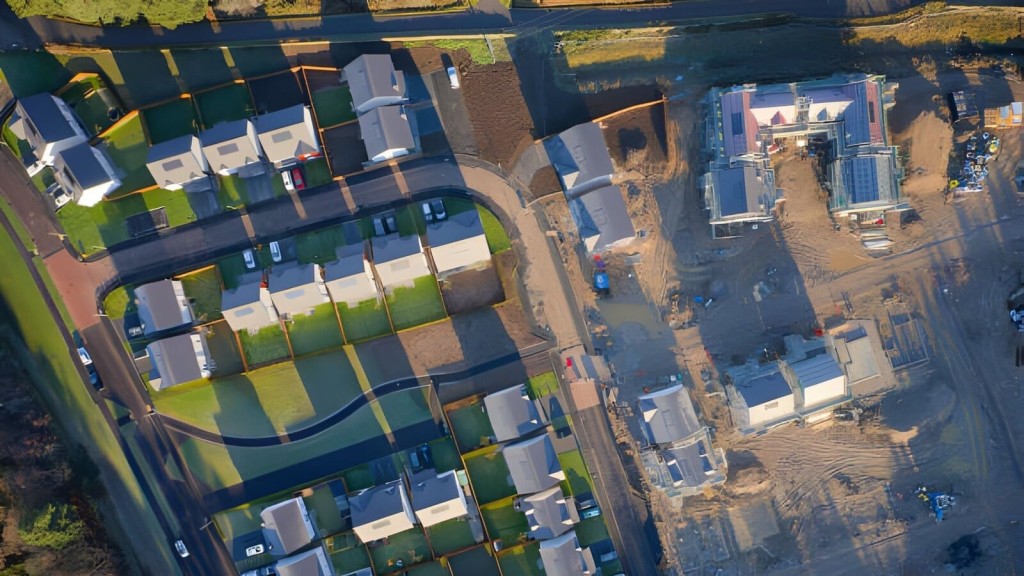
Labour will likely continue provisions from the Levelling Up and Regeneration Act, such as NDMPs and speeding up local plan timelines.
Labour will likely discontinue policies such as street votes and the beauty agenda, focusing instead on practical and objective planning criteria. Labour commits to thoroughly evaluating the impact of discontinued policies to understand their effectiveness and potential lessons. This includes:
Time is of the essence, making Labour's decision to retain certain policies from the Levelling Up and Regeneration Act, such as National Development Management Policies (NDMPs) and accelerated local plan timelines, a strategic and pragmatic move. This approach leverages established frameworks to streamline and enhance planning processes efficiently. This ensures effective tools remain in use, providing continuity and stability in urban planning. However, balancing the retention of beneficial policies with the need for innovation remains a critical challenge.
Discontinuing policies like street votes and the beauty agenda, while committing to thorough impact assessments and stakeholder feedback, demonstrates Labour’s dedication to evidence-based policymaking. This methodical approach aims to adapt strategies to contemporary needs, though it may alienate proponents of the discontinued policies. Labour must carefully balance preserving effective legacy policies with embracing innovative solutions to drive urban growth and development.

Labour plans to expand powers to metro and combined authorities, including planning powers, to promote regional development. This move is designed to empower regions, giving them greater control over their planning and development processes.
They will grant combined authorities new planning powers, freedoms, and flexibilities to make better use of grant funding. This will facilitate more effective local development, particularly in urban and suburban areas, by granting more control and resources to regional authorities.
Labour will potentially revise legislation surrounding combined authorities as part of a new devolution deal, using the phrase from the 2016 Brexit referendum to signal a shift in power dynamics.
Labour develops spatial frameworks for areas outside combined authorities, potentially using counties as building blocks, ensuring broader strategic planning coverage.
Labour's approach includes comprehensive infrastructure planning within combined authority frameworks. This ensures new developments are supported by essential infrastructure such as transport, utilities, and public services, promoting sustainable and efficient urban growth.
They also emphasise public engagement in the planning process. By involving local communities and stakeholders, Labour aims to ensure the planning process is transparent, inclusive, and reflective of local needs. This includes public consultations, advisory committees, and digital platforms for wider community input.
Labour proposes that spatial frameworks for combined authority areas be adopted based on majority voting rather than requiring unanimous consent. This could help overcome political deadlocks.
Labour's proposal for majority voting in spatial frameworks aims to break political deadlocks, facilitating quicker decision-making. However, this may cause friction with local authorities fearing a loss of autonomy. One must understand that expanding spatial planning to include counties ensures comprehensive coverage but adds complexity due to diverse regional needs. While public engagement is crucial for transparency and inclusivity, it demands significant resources and sustained effort.
Developing spatial frameworks for non-combined authority areas ensures that strategic planning is inclusive and comprehensive, addressing the needs of both urban and rural regions. The inclusion of dispute resolution mechanisms and robust monitoring frameworks is essential to avoid shortcomings in execution. Labour's strategy is ambitious, but its success hinges on balancing innovative governance with practical implementation.
The potential revision of legislation through the Take Back Control Act signifies Labour’s commitment to shifting power dynamics and enhancing regional autonomy. By enhancing the devolution of planning powers, it seems to me that Labour aims to promote regional development, foster innovation, and expedite development approval processes, contributing to a more balanced and equitable growth strategy.
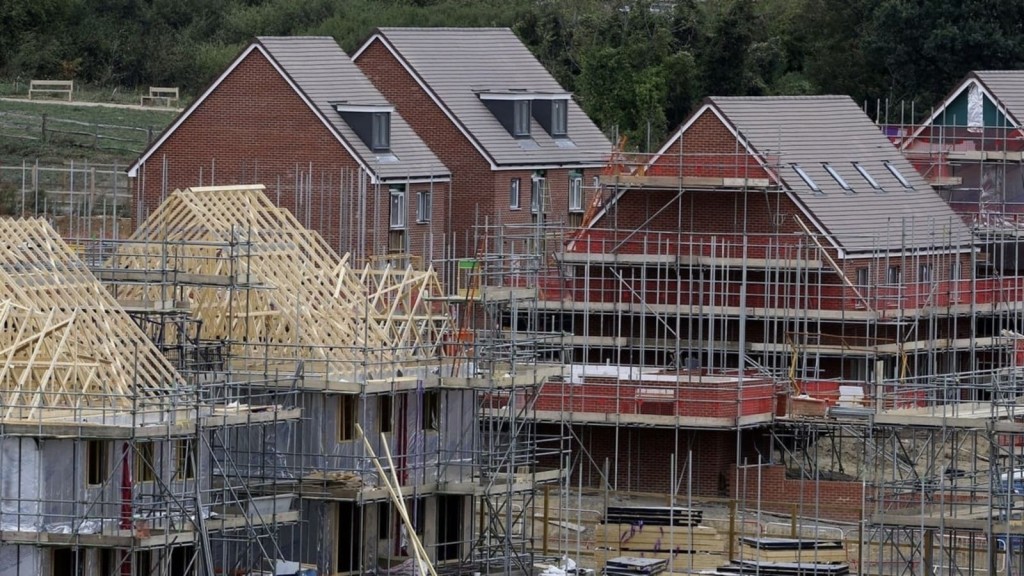
As part of its planning reform agenda, Labour is likely to discontinue the infrastructure levy due to concerns about its negative impact on affordable housing provision. This decision aligns with Labour's broader objective to ensure that housing development remains accessible and affordable for all.
The infrastructure levy, originally intended to fund local infrastructure projects, has been criticised for inflating housing costs and deterring developers from building affordable homes. It’s widely acknowledged that Labour's removal of the infrastructure levy is expected to streamline the housing development process and reduce costs for developers.
While discontinuing the levy, Labour recognises the importance of infrastructure in supporting sustainable housing development. To address this, they propose alternative funding mechanisms for infrastructure projects that do not compromise the affordability of housing. These may include:
Labour's decision to scrap the infrastructure levy is a contentious move. While aimed at reducing costs for developers and boosting affordable housing, it raises significant concerns about funding for essential infrastructure. Historically, infrastructure levies have been crucial in supporting new developments with necessary amenities. Without a clear alternative, new housing projects could strain existing infrastructure, leading to long-term issues for local communities.
There’s a shared understanding that relying on government grants or public-private partnerships may not fill the funding gap effectively. Government grants are limited and subject to political changes, and PPPs can be complex and slow to establish. Additionally, removing the levy could favour large developers and house builders, sidelining smaller, innovative firms and reducing market diversity.
One way to tackle this is to ensure transparent and accountable funding mechanisms to maintain infrastructure quality. It’s foreseeable that the practical challenges and potential unintended consequences of this strategy highlight the complexities of balancing affordable housing goals with the need for robust infrastructure and economic stability.

Labour plans to retain the current Environmental Impact Assessment (EIA) framework to prevent project delays. This ensures continued rigorous scrutiny and high environmental standards for development projects.
They propose key initiatives to strengthen environmental impact measures:
Labour's review of the proposed environmental outcome reports will shape the future framework for environmental assessments, balancing development needs with ecological impacts.
Labour's retention of the existing Environmental Impact Assessment (EIA) framework ensures rigorous environmental scrutiny but could perpetuate inefficiencies. The focus on biodiversity net gain is vital yet challenging, often leading to higher costs and extended project timelines, which can deter investment and slow housing delivery.
While climate resilience and energy efficiency are essential, they must be balanced with housing affordability. It is generally believed that effective monitoring is crucial, but it shouldn't add to the bureaucratic burden. In short, the implementation strategy must be pragmatic to avoid hindering housing development.
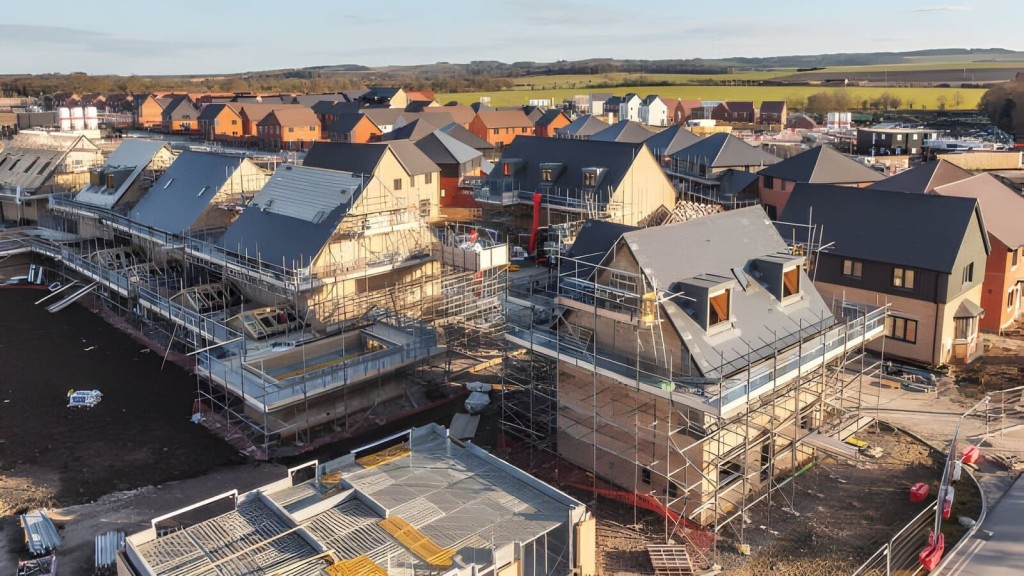
As we’ve mentioned, Labour is committed to implementing National Development Management Policies to streamline planning processes and ensure consistency across England. This means Labour will update the National Planning Policy Framework (NPPF) to undo previous changes and restore mandatory housing targets. This also includes a stronger presumption in favour of sustainable development to accelerate housing delivery.
Labour will leverage existing planning powers to implement changes swiftly, avoiding the delays associated with passing new legislation. This approach allows for quick updates and adjustments to planning policies as needed.
These NDMPs will integrate housing, workplaces, and leisure facilities within close proximity, promoting mixed-use development. This aims to create vibrant, self-sustaining communities that reduce the need for long commutes and support local economies.
Again, Labour will prioritise community involvement in planning. Public consultations and advisory boards will be established to gather input and ensure that local needs are met. This engagement aims to foster a sense of ownership and accountability within communities.
Labour’s approach to NDMPs marks a significant step towards creating a more predictable and efficient planning system. By standardising development criteria, Labour aims to remove the inconsistencies that have long hindered effective planning. The emphasis on integrating housing with workplaces and leisure facilities is a forward-thinking move, fostering vibrant, self-sustaining communities.
The commitment to public engagement ensures that community voices are heard and respected, which is crucial for gaining local support and fostering a sense of ownership. Utilising existing powers for swift implementation demonstrates Labour’s urgency in addressing the housing crisis, and this proactive stance is necessary for immediate impact. However, the success of NDMPs will depend on rigorous enforcement and continuous adaptation to meet changing needs.

Labour's planning reforms include changes to compulsory purchase compensation rules to improve land assembly, speed up site delivery, and ensure fair compensation for landowners. These reforms are designed to streamline the development process and reduce conflicts, making it easier to assemble land for housing and infrastructure projects.
Labour says they will ensure that for specific development schemes, landowners receive fair compensation based on the actual value rather than inflated prices due to prospective planning permission. This approach aims to prevent speculative land pricing that can delay and complicate development.
Labour’s plan to reform compulsory purchase compensation rules aims to improve land assembly and expedite site delivery, but to me, it raises significant concerns.
It may surprise you to learn that planning permission for Green Belt sites remarkably uplifts land prices, with regional land value increases reaching 320% in the South East, 300% in the East of England, and 275% in London. This dramatic increase in land value due to planning permissions demonstrates the potential financial impacts on landowners.
It’s likely that fair compensation based on actual value rather than inflated prices might lead to disputes over valuation, potentially resulting in lengthy legal battles. This approach risks undervaluing property, causing financial hardship for landowners. I believe that efficient housing delivery should not come at the cost of undermining market values and property rights, which are vital in a liberal economy.

Labour has committed to delivering the biggest increase in social and affordable house building in a generation, aiming to address the acute shortage of affordable homes.
Labour will ensure that new developments provide more affordable homes through strengthened planning obligations, enhancing the role of Section 106 agreements and adding flexibility to the ‘Affordable Homes Programme’.
Labour will review the increased right-to-buy discounts introduced in 2012 and enhances protections for newly-built social housing to prevent the rapid depletion of affordable housing stock.
Labour will mandate that a specific percentage of all new housing developments be allocated to affordable housing. This ensures a steady increase in affordable homes within new projects. Key elements include:
They also recognise the unique housing challenges faced by rural communities and will set specific goals to increase affordable housing in these areas. Key initiatives include:
Although the number of social housing projects rose by 17% in Q1 2024, the number of units approved, at 6,466, was still 24% lower than the same period last year, highlighting a persistent shortage in social housing availability.
Labour’s ambitious commitment to increasing social and affordable house building aims to address the acute shortage of affordable homes. However, the practical challenges of scaling up such projects rapidly may strain existing resources and capabilities. The funding required for these initiatives could also place a significant burden on taxpayers, raising questions about the sustainability and efficiency of public spending.
The claim that there is a specific lack of social housing in the UK may seem persuasive, yet social housing already accounts for one-fifth of the UK’s housing stock. As you may be aware, the real issue lies in the overall insufficiency of housing supply across all tenures. Instead of preserving and expanding social housing, the focus should be on increasing the total housing stock to make homes more affordable for everyone.
While setting specific percentage allocations for affordable housing and targeting rural areas with tailored initiatives is commendable, balancing these goals with market realities and local opposition could prove challenging. Despite Labour's strong commitment to social equity, their success will hinge on overcoming significant logistical and political hurdles, as well as securing stable funding sources.

Labour plans to make permanent a comprehensive mortgage guarantee scheme to help first-time buyers who struggle to save for a large deposit, aiming to reduce mortgage costs and make homeownership more accessible.
Local authorities will prioritise giving first-time buyers the opportunity to purchase homes, supporting new entrants into the housing market.
Labour will introduce comprehensive financial education and support programs to help first-time buyers navigate the home-buying process. These programs include:
These policies aim to make homeownership more achievable for young people, addressing a key barrier to entering the housing market. Labour’s mortgage guarantee scheme could provide essential support for first-time buyers struggling to save for a large deposit, but the long-term sustainability of such financial assistance remains uncertain. There is also a risk that such schemes could inadvertently lead to an increase in housing prices, as increased demand without a corresponding rise in supply may push prices higher, exacerbating affordability issues.
Prioritising first-time buyers in housing allocation is a positive move, but might inadvertently increase competition and pressure on an already strained housing market. Comprehensive financial education and support programs are beneficial, yet their effectiveness will depend on widespread accessibility and the ability to engage the target audience meaningfully.
While these measures aim to foster a new generation of homeowners and promote long-term housing stability, the real challenge lies in addressing the underlying issues of housing supply and affordability that continue to drive up costs. Achieving these goals will undoubtedly demand the adept navigation of intricate economic and social factors.
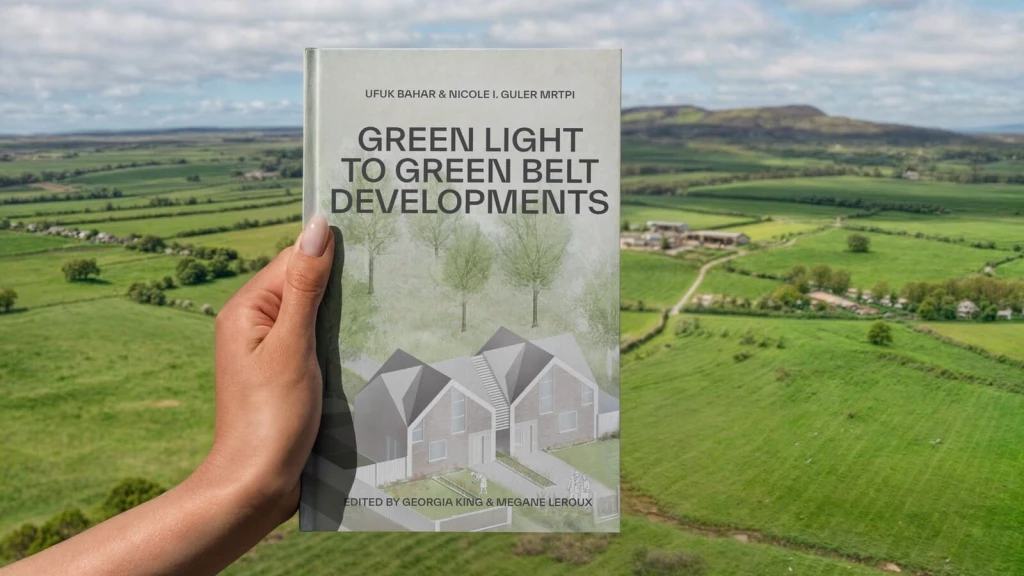
Undoubtedly, one of the most significant changes on the horizon involves the Green Belt. This critical aspect of planning reform is also the focus of our new book, ‘Green Light to Green Belt Developments’.
You’re likely familiar with the fact that the Green Belt is one of the most contentious and misunderstood pieces of planning policy in England. Our book explores the Green Belt exceptions and special circumstances that allow development in the Green Belt. We also investigate the Green Belt policy's biggest winners and losers, its connections to climate change, and what the future might hold, especially with a potential Labour government.
We’ve written this book for anyone seeking a deeper insight into one of England's most debated urban planning issues, making it accessible to both industry professionals and the general public. By the end, you will gain a clearer perspective on how Green Belt policies could evolve and impact the housing landscape under the Labour government and beyond.
If you are a landowner in the Green Belt wishing to understand the potential for land value uplift or a developer planning to build new homes in the Green Belt, this book is an essential read. With our in-depth analysis and guidance, you'll navigate the complexities of the Green Belt with confidence and change your perspective forever. Order your copy now.
All in all, with Labour now elected, we should feel optimistic about the future of housing.
For a long time, we’ve had a government that hasn't been able to deliver the housing England desperately needs. If Labour sticks to their promises and produces the homes they claim they will, our country should be in a far better position in a few years' time.
For now, we'll just have to see how their policies unfold and what changes they bring.

Our team of Green Belt architects and planning consultants is fast earning a reputation as one of the country’s leading planning and architecture firms - particularly when it comes to Green Belt planning permission - and we know how to produce results that meet the expectations of the council while exceeding those of our clients.
Please do get in touch if you’d like to discuss your project.

Urbanist Architecture’s founder and managing director, Ufuk Bahar BA(Hons), MA, takes personal charge of our larger projects, focusing particularly on Green Belt developments, new-build flats and housing, and high-end full refurbishments.
We look forward to learning how we can help you. Simply fill in the form below and someone on our team will respond to you at the earliest opportunity.
The latest news, updates and expert views for ambitious, high-achieving and purpose-driven homeowners and property entrepreneurs.
The latest news, updates and expert views for ambitious, high-achieving and purpose-driven homeowners and property entrepreneurs.


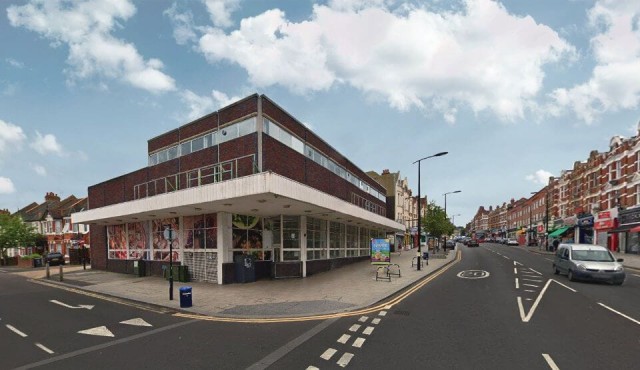






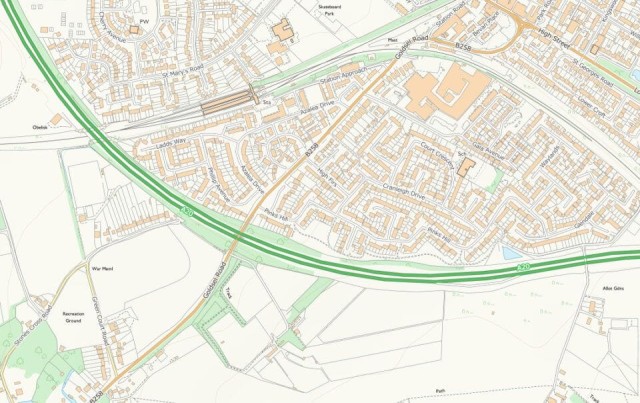
We specialise in crafting creative design and planning strategies to unlock the hidden potential of developments, secure planning permission and deliver imaginative projects on tricky sites
Write us a message